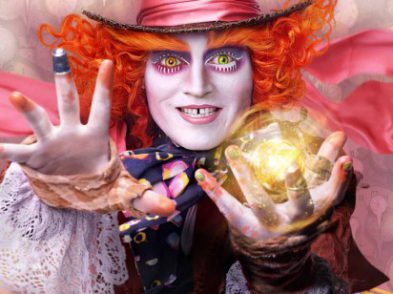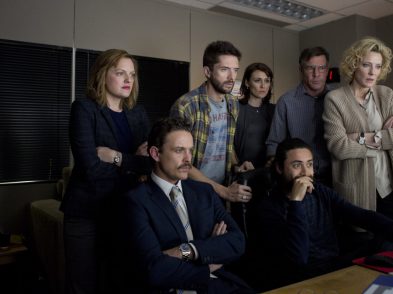For the Elizabethan mind, bad dreams were a symptom of melancholy, and it is both the
melancholic disposition in Hamlet’s nature and his response to the overwhelming awfulness
of his experiences that lie at the root of his tragedy. He answers the ghostly call to avenge his
father’s murder, with all the passion of a young man seething with a personal and social sense of
injustice, only to find himself overcome by indecisiveness, procrastination and, ultimately, inaction. This allows his treacherous enemies to get the upper hand, and so the unfortunate Hamlet’s fate is sealed.
Prince Hamlet is unable to be ‘a king of infinite space’ and yet he has an almost infinite number of characterisations. This is the starting point for Shakespeare Week at the British Institute of Florence, which, naturally enough, focuses on Hamlet, the play and its film adaptations. As part of its goal to foster Anglo-Italian cultural relations, the Institute has an outreach
programme for secondary schools in Florence to promote discussion and appreciation of Shakespeare, and particularly his use of language. The general public is also invited to participate in the week’s events.
Hamlet in a nutshell is no easy task, so the aim of the film seminar is to gain a closer understanding of his character by looking at four different cinematic interpretations by Laurence Olivier, Mel Gibson, Kenneth Branagh and Ethan Hawke, directed respectively by Laurence Olivier (1948), Franco Zeffi relli (1990), Kenneth Branagh (1996) and Michael Almereyda (2000). Is the ‘true’ Hamlet somewhere amongst them? Olivier leaves us with no doubts about his reading of Hamlet. He uses lines from later in the play as a prologue to his fi lm and adds weighty words of his own: ‘This is the tragedy of a man who could not make up his mind.’ Olivier’s Hamlet is a traditional one – dressed in black, as the text demands. He is alternately explosive and meditative, elated and depressed, mad (apparently) and devious. The style of the film is expressionist and noirish, with gliding camera movements in empty hallways and an emphasis on stairs (symbolising transition) and shadows. Olivier’s Hamlet is vigorous and resolute at first, only to be later defeated by his reason. ‘On second thoughts, maybe that’s not such a good idea’ seems to be the way of thinking that gives way to his ‘particular fault’.
Zeffirelli idolised Olivier, so it’s not surprising that his version, with a few signifi cant differences, should largely follow the Olivier movie template. His choice of Mel Gibson to play the lead was surprising to some but, fresh from the action hero persona of the Lethal Weapons and Mad Maxes, Gibson had the energy and passion to make this Hamlet robust and edgy. He is a fighter rather than a mope; he burns with a sense of injustice and is not excessively self-obsessed. Zeffirelli’s film tries to marry Hollywood and Stratford, and consequently Gibson often gives the impression of being directed and not finding his own way in the part. Zeffi relli’s famous attention to authentic period detail makes this Hamlet beautiful to look at and a truly satisfying movie experience.
Unlike the other three, director Branagh goes for a full-text version, uncut, and with only minor rearrangements and adjustments, resulting in a four-hour marathon (as long as the full play would take in the theatre). He sets his Hamlet in the 19th century, and the look of the fi lm is Scandinavian, although it was fi lmed almost entirely at the 18th-century Blenheim Palace in England. The film is stocked with a host of Hollywood stars and British stage worthies. Branagh himself plays Hamlet – lively and extrovert, at times mischievous and calculating, deeply troubled by his situation but less preening and self-regarding than Olivier’s. Nonetheless, his ‘To be or not be’ is literally reflective, delivered in front of large mirrors. His is a truly complete, richly theatrical Hamlet that comes close to being definitive.
Ethan Hawke is a little outclassed by his illustrious thespian predecessors. However his 20thcentury Hamlet, played as a brooding, troubled, overgrown adolescent, has the benefi t of a cleverly adapted contemporary New York setting and a bracing, ‘modern’ style of movie-making
that allows Shakespeare’s original (though drastically cut) text to shine through. His ‘To be or
not to be’ takes place in a Blockbuster video hire store – in the Action section, naturally.
The Branagh and Olivier fi lms will be shown in their entirety during the week, and illustrations from all four movies will accompany the seminars. Full details of ‘A King of Infi nite Space’, the British Institute’s Shakespeare Week 2006, are in the events listings and on the website: http://www.britishinstitute.it/







